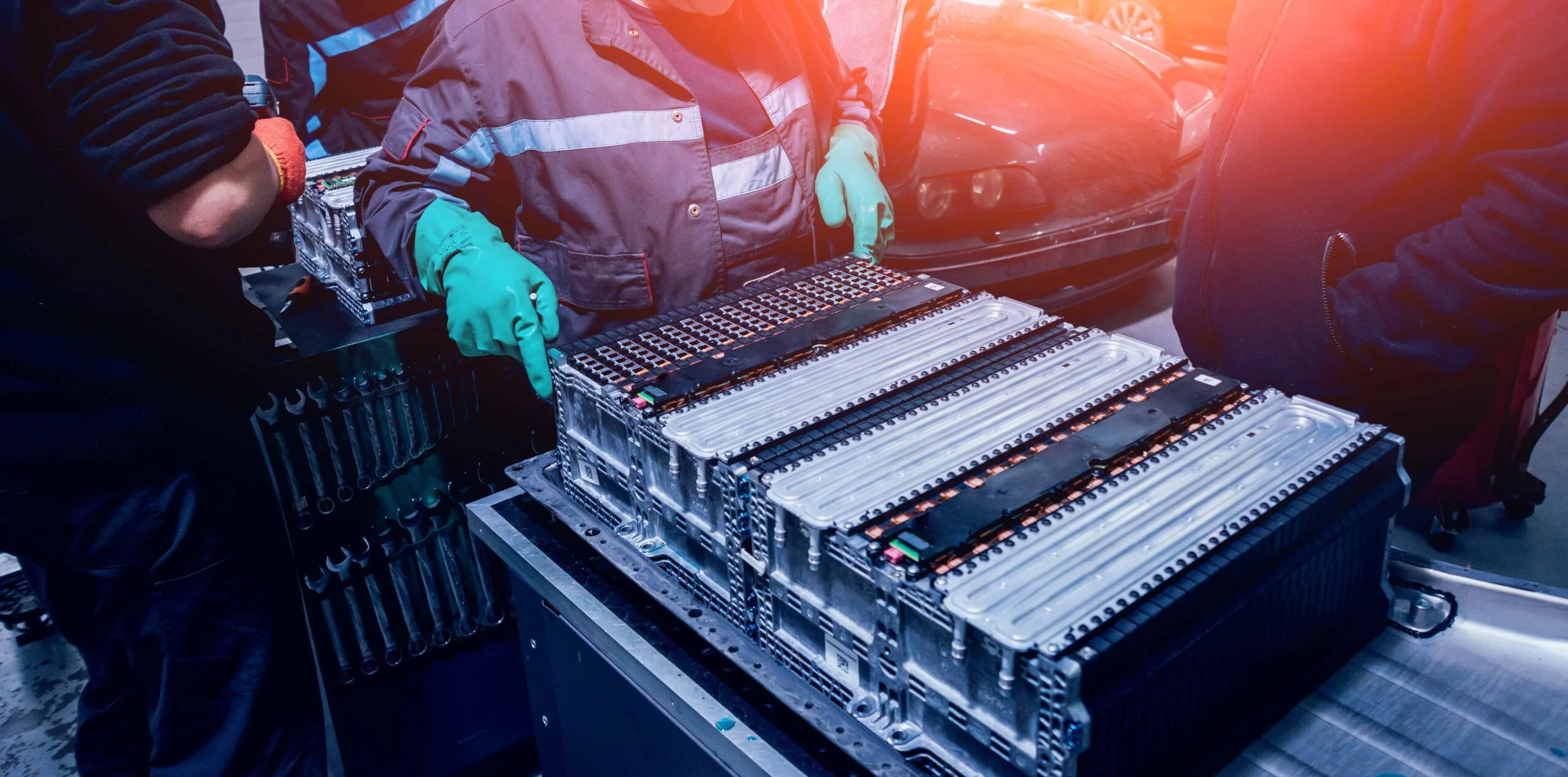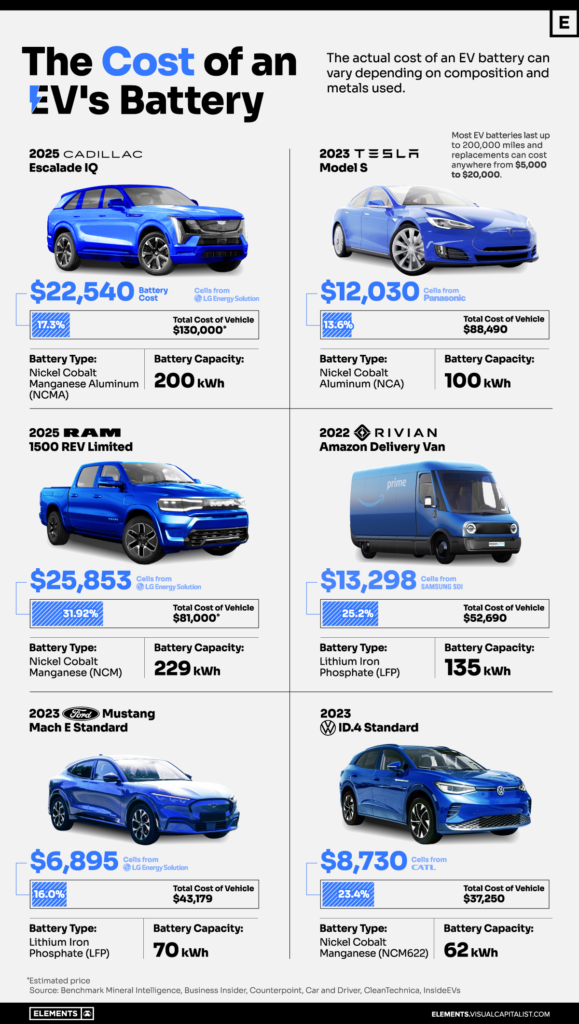As the world’s population grows, reliable and efficient transport is becoming increasingly important. Demand is set to grow from 50 billion passenger kilometres in 2015 to 120 billion by 2050. Nickel plays a role in a huge range of transport modes.

Individuals and industries alike depend on responsive, fast and reliable transportation. Ensuring transport infrastructure works effectively makes other societal goals easier to achieve. Therefore moving people and goods around safely, economically, efficiently and with minimal environmental impact is a key challenge.
Nickel plays an important role in various modes of transportation. Nickel is used in the batteries of electric vehicles, nickel alloys in jet engine turbines, while nickel-containing stainless steel is found in passenger trains and subways. Nickel-containing materials offer enhanced corrosion resistance and reliable and efficient electrical and spark systems. Nickel ensures that train carriage and truck bodies are strong, durable and can help absorb impact of collisions by crumpling rather than fracturing. Nickel-containing materials also support the transport infrastructure that makes this movement possible, in airports, train stations, bridges and flyovers.
Train carriages
Rail transport provides a reliable, energy-efficient and economical way to move people and goods, whether for intercity travel or shorter commuter journeys. Stainless steel was first used for train carriages in the U.S. in 1934 and is now widely used in North America, Australia and Japan, because of its widely-recognised attributes of low maintenance and longevity. Despite these attributes, stainless steel has not been adopted universally due to its perceived high cost.
The Delhi Metro first adopted stainless steel in 2002, with Type 301LN (UNS S30153) used for all coaches plus Type 304 (S30400) for the station furnishings and hardware. There are now 143 stations in the system, with more at different phases of completion. Other Indian metro systems have also now adopted Type 301LN coaches, including Jaipur, Chennai, Bangalore and Kochi. In addition, high-speed passenger trains are now extensively made using a combination of 300 and 400 series stainless steels.

Railway operators are using nickel-containing stainless steel carriages for their strength, durability and corrosion resistance. It is preferred to alternative materials such as carbon steel or aluminium because of its specific safety-related benefits; high energy-absorption at impact and a strong fire resistance. This combination of properties makes it an ideal material for use in the so-called ‘crumple-zones’ found in the end-sections of railway carriages. In the event of a crash or a derailment, these zones are designed to collapse in a controlled manner, absorbing much of the impact energy and protecting passengers in the main section of the carriage. These properties of light weight and safety properties have led Beijing to adopt nickel-containing stainless steel for its new subway cars.
Personal transportation
Nickel has long been used in batteries, most commonly in nickel cadmium (NiCd) and the longer-lasting nickel metal hydride (NiMH) rechargeable batteries, which came to the fore in the 1980s. By charging power tools and early digital cameras, they demonstrated the potential of portable electronic devices and changed the way we live and work. In the mid-90s, the battery in the Toyota Prius was the first significant use of nickel (NiMH) batteries in vehicles. Currently, electric vehicles (EVs) account for only a small proportion of global automobile production – less than 1% – but their share is increasing and is forecast to accelerate rapidly in the coming years, perhaps as high as 10% by 2025, mostly powered by Li-ion batteries.

In parallel with this growing demand, battery technology continues to advance with the proportion of nickel-containing Li-ion batteries in use set to increase. Two of the most commonly-used batteries, Nickel Cobalt Aluminium (NCA) and Nickel Cobalt Manganese (NCM) use 80% and 33% nickel respectively.
Nickel & Chromium plating in the automotive sector
Nickel possesses excellent plating properties and is widely used for coatings in both decorative and engineering applications. In most cases, the colour, brightness or hardness of nickel plate can be modified by means of a decorative finish coat such as chromium. By far the largest application is for producing bright finishes on parts such as bumpers, wheels and grilles. For exterior applications, such finishes would typically consist of 30 microns of nickel and 0.3 microns of chromium. Chromium-nickel plated parts are primarily employed for aesthetic design considerations, although durability and corrosion resistant characteristics are also important. Nickel is also used for making electroformed plastic part moulds, while electroless nickel is used for enhancing corrosion and wear resistance as well as the lubricity of certain components.
Source from https://nickelinstitute.org






7kzxtt